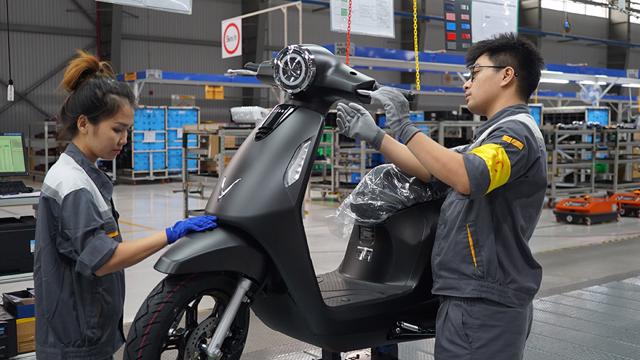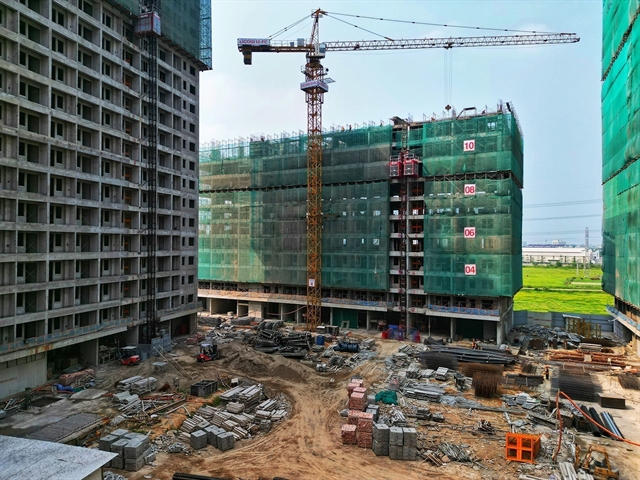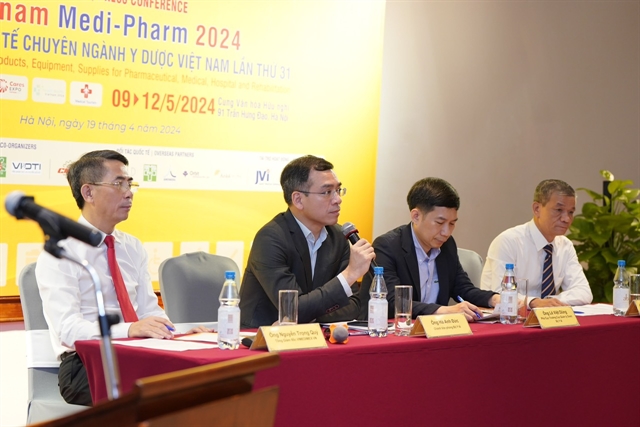 Life & Style
Life & Style
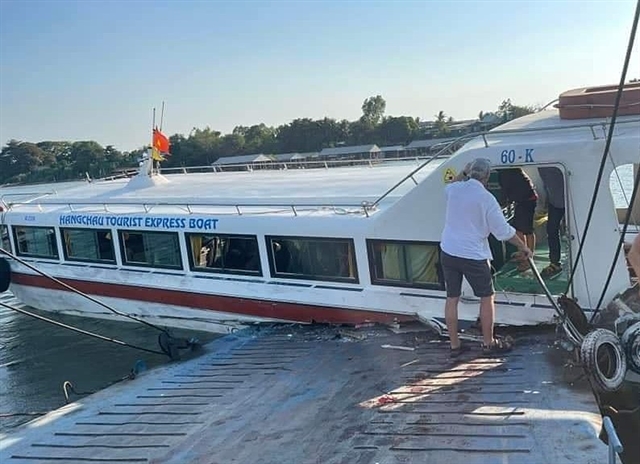
The first-ever national workshop judging the country’s progress towards protecting cultural heritage sites to achieve sustainable development was held here yesterday, gathering local leaders, cultural experts and researchers.
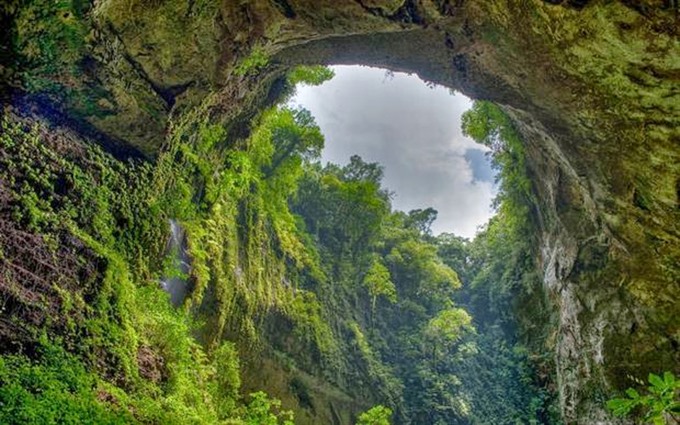 |
| National treasure: Phong Nha-Kẻ Bàng National Park in the central province of Quảng Bình, inscribed on the World Heritage List in 2003. The Park’s landscape is formed by limestone plateaux and tropical forests. File Photo |
HÀ NỘI — The first-ever national workshop judging the country’s progress towards protecting cultural heritage sites to achieve sustainable development was held here yesterday, gathering local leaders, cultural experts and researchers.
According to statistics of the Ministry of Culture, Sports and Tourism, there are over 40,000 relics examined under the Law of Cultural Heritage, of which 10,000 relic sites have been classified. More than 3,400 relic sites have been recognised as national relic sites and 95 sites as special national relic sites.
UNESCO has listed eight sites as a World’s Cultural and Natural Heritage Site.
In terms of intangible heritage, the country has more than 61,600 intangible heritages under the Law of Cultural Heritage and Convention on Protecting Intangible Culture Heritage. Eleven of them have been listed on the Representative List of Intangible Cultural Heritage of Humanity.
As part of the World’s Memory Programme of UNESCO, Việt Nam has three material heritages recognised as World Documentary Heritage and four as Documentary Heritage in the Asia-Pacific Region.
Since 2012, the Prime Minister has recognised 142 national treasures.
Concerned agencies have identified obstacles such as the lack of budget for restoration and the rapid development of tourism without proper facilities and legal infrastructure to prevent behaviours leading to serious pollution at heritage sites.
At some sites like Tràng An, Phong Nha – Kẻ Bàng, Hạ Long Bay and Bà Đen Mountain, some individuals and agencies have illegally constructed buildings and infrastructure to serve tourists.
Addressing the workshop, Prime Minister Nguyễn Xuân Phúc highlighted the heritage sites as natural treasures given to the country or the gifts yielded by generations of hard work by the Vietnamese people.
The PM held that concerned agencies should discuss protective measurements to develop heritage in sustainable ways.
He recalled President Hồ Chí Minh’s ideas and various measures by the Party, Vietnamese legal system and the Constitution intended to protect historical sites, cultural and artistic heritages and beautiful landscapes of the country.
The PM stressed the need to treat heritage sites and cultural practices as vibrant and contemporarily relevant.
In order to develop intangible heritages, it is necessary to praise artists and consider them as national treasures, the PM said.
He also suggested working for people’s benefits in harmony with preservation and development, in order to preserve heritages and develop tourism at the same time.
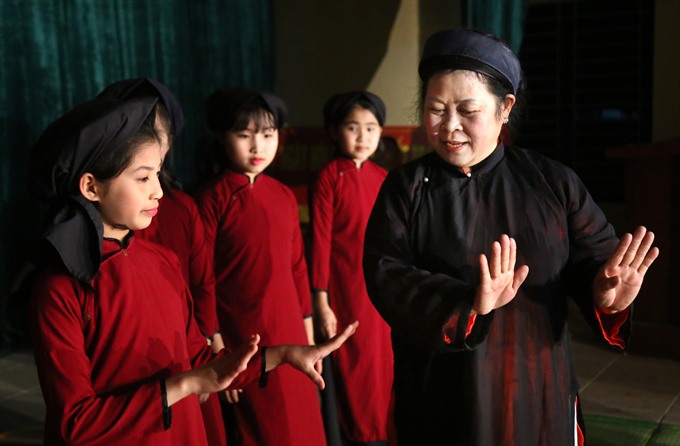 |
| Teacher: Artist Nguyễn Thị Lịch, head of the An Thái Xoan Troupe in Việt Trì City in the northern province of Phú Thọ (right) guides local teenagers through singing and dancing. The art has been recognised as an intangible cultural heritage by UNESCO.— VNA/VNS Trung Kiên |
“The culture sector’s mission is reviving the above-mentioned heritages to make them attractive to people,” he said. “Especially, we should train quality human resources to carry out this mission.”
The PM said there have been some positive results. For example the number of international tourists has increased sharply in recent years.
Last year, eight cultural and natural sites in the country received 16 million visitors and seven million were from overseas. The proceeds from entrance tickets and direct service fees were over VNĐ2,500 billion (US$107.6 million).
The PM held that the relationship between preservation and development to assure the rights of residents at heritage sites has been dealt with poorly. He recalled his recent visit to Yên Bái Province, where he asked local leaders: Why are the locals who made these stunning beautiful terraced rice fields so poor, while the terraced rice fields in Mù Cang Chải have been designated a national landscape?
He pointed out that many heritage sites have been modernised and deprived of their unique features. Policies supporting folk artists have been implemented slowly. The role of the people in preserving and developing heritages’ values has still been limited.
The PM stressed some basic policies for preserving heritages and developing sustainably.
First, the task is not the State’s responsibility only. It is the cause of the whole community. The State creates the legal foundation and policies for people to play key roles in preserving and handing down the heritage through generations. Heritages should be developed from families, villages, schools and society.
The PM highlighted the need to promote integration and international exchanges in preservation and managing heritages.
The PM asked concerned agencies to complete a legal documents system and administrative procedures dealing with heritages in the next few years.
At the same workshop, Michael Croft, representative and head of UNESCO’s Hà Nội office suggested five key recommendations for World Heritage management moving forward.
The first recommendation is to situate World Heritage within a sustainable development framework.
“Much more needs to be done to engage stakeholders outside of the sector to realise the broader economic and political importance of heritage protection and contribute effectively to it,” he said.
The second recommendation is unifying and empowering the heritage authorities at both central level and local level.
He also suggested strengthening the role of technical advisory bodies.
Besides, reviewing and regulating the public private partnerships in World Heritage sites is necessary, he said.
“An important step has been made with the policy prioritising financing for re-investment in conservation, newly regulated by Decree 109 in 2017,” he said. “The enforcement of this policy in practice at the local level is therefore highly important. It is also recommended to specify the categories of conservation budget expenses and put in place a regular reporting system between the local and central level.” — VNS

